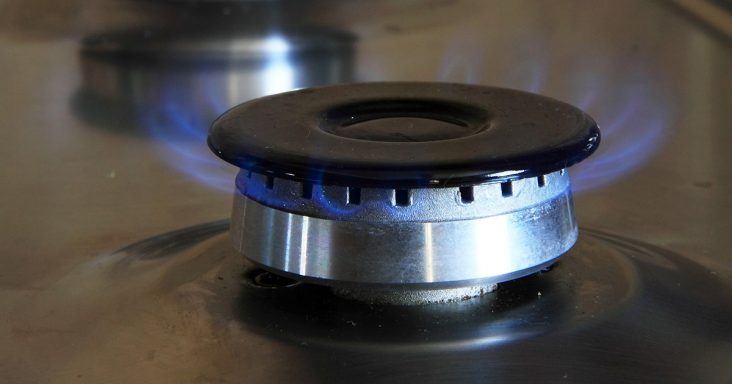Expect higher-than-average natural gas prices this winter, EIA says
by September 7, 2022 5:08 pm 1,545 views

Natural gas prices are projected to be higher than average this winter amid low inventories and strong demand globally, according to the U.S. Energy Information Administration (EIA). LNG (liquified natural gas) exports are expected to jump 17% in the fourth quarter.
The EIA released Wednesday (Sept. 7) the September Short-Term Energy Outlook that shows the U.S. natural gas spot price at the Henry Hub will rise this winter, reaching a monthly average of $9.10 per million British thermal units in January 2023. The price will be the highest inflation-adjusted monthly average price since 2008. Natural gas demand is expected to remain strong despite the high prices for the commodity.
“There are limited options for replacing natural gas in the short term, especially for electricity generation,” said EIA Administrator Joe DeCarolis. “We expect electricity producers — particularly in Europe — will have to generate some electricity from oil-based fuels this winter.”
In Europe and Asia, natural gas prices set records in August as pipeline exports from Russia to Europe fell to the lowest level in 40 years, and U.S. liquefied natural gas (LNG) exports remained limited because of the outage at the Freeport LNG facility.
In the United States, natural gas inventories are projected to be 7% below the previous five-year average at the end of October. Natural gas is the primary source of heat for 46% of U.S. households. In 2023, U.S. natural gas prices are expected to fall as production rises.
Following are other highlights from the Short-Term Energy Outlook:
• U.S. LNG exports are expected to rise by 17% to an average of 11.7 billion cubic feet per day in the fourth quarter, from the third quarter. DeCarolis said the exports are expected to return to record levels if the Freeport facility resumes partial operations as expected in November.
• Oil prices are projected to be flat for the remainder of this year, but DeCarolis noted the various factors that could affect the prices in the fourth quarter, including changes in OPEC production, conflict in Libya and U.S. production and transportation disruptions as a result of late-season hurricanes.
• U.S. households consumed 1.7% more electricity this past summer (between June and August), compared to summer 2021. The increase is largely because the summer was hotter than summer 2021.
